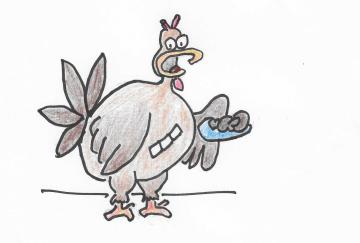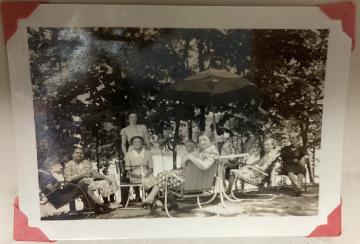County Problems & Extensions Help
In 1972, the Extension Agent wrote this in the Report. The problems that faced Union County.
Within five to ten years the Union County Extensions Office gathered information to help the County by establishing a council to assist with the Planning Commission and other Governments on Resource Development. They gathered information to resolve problems the rural community had. They counciled the leaders with their findings. The Extension even provided a Leadership School. The results were helpful in many ways by forming the Planning Commission to solve problems.
- Read more about County Problems & Extensions Help
- Log in to post comments









